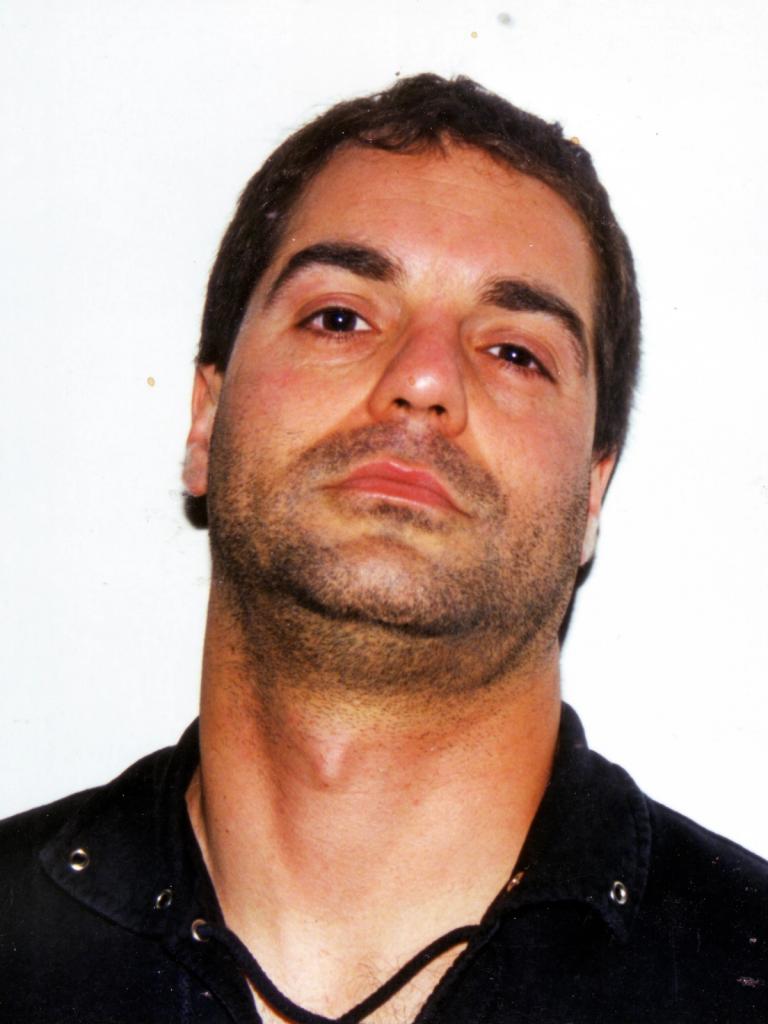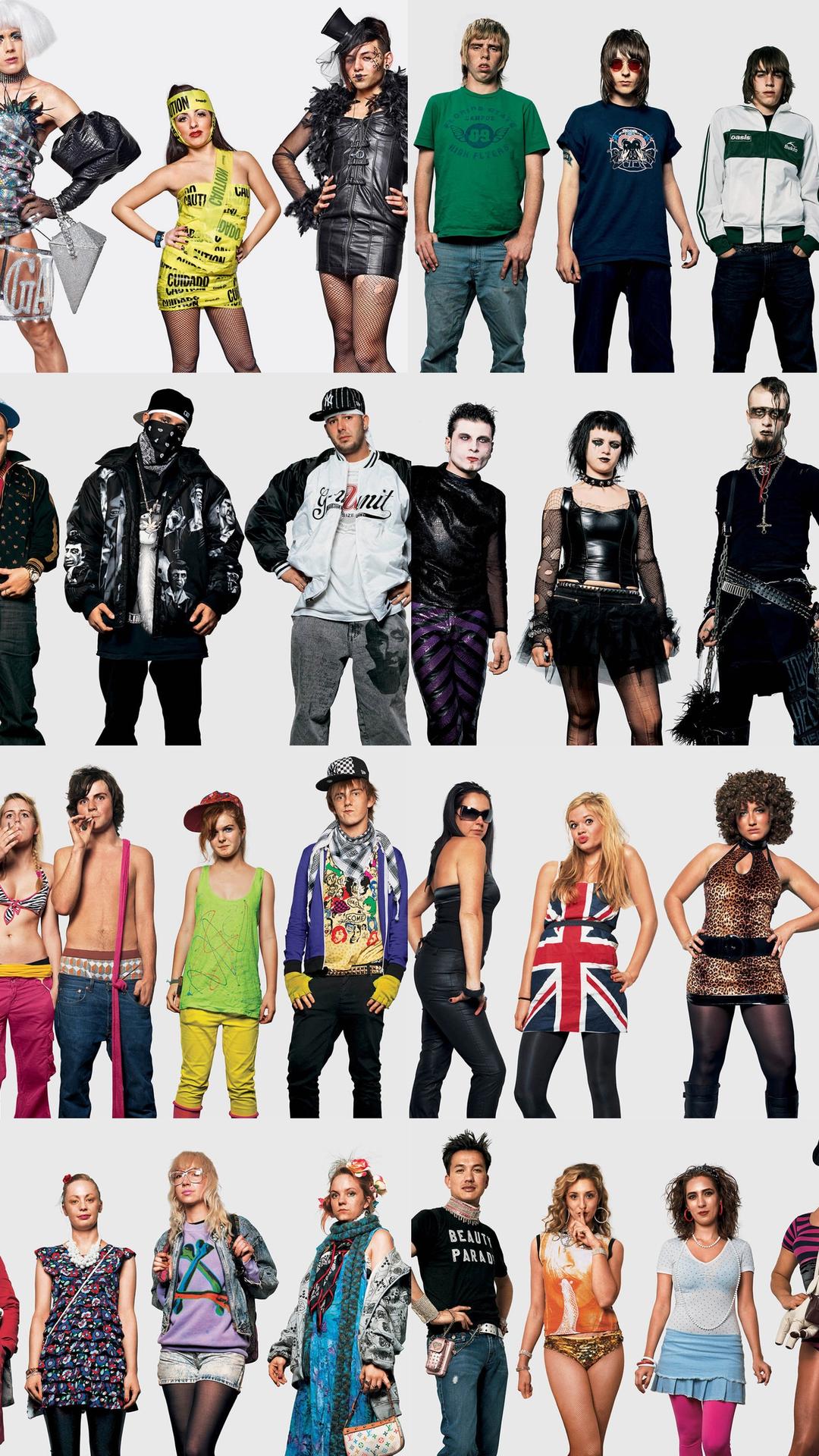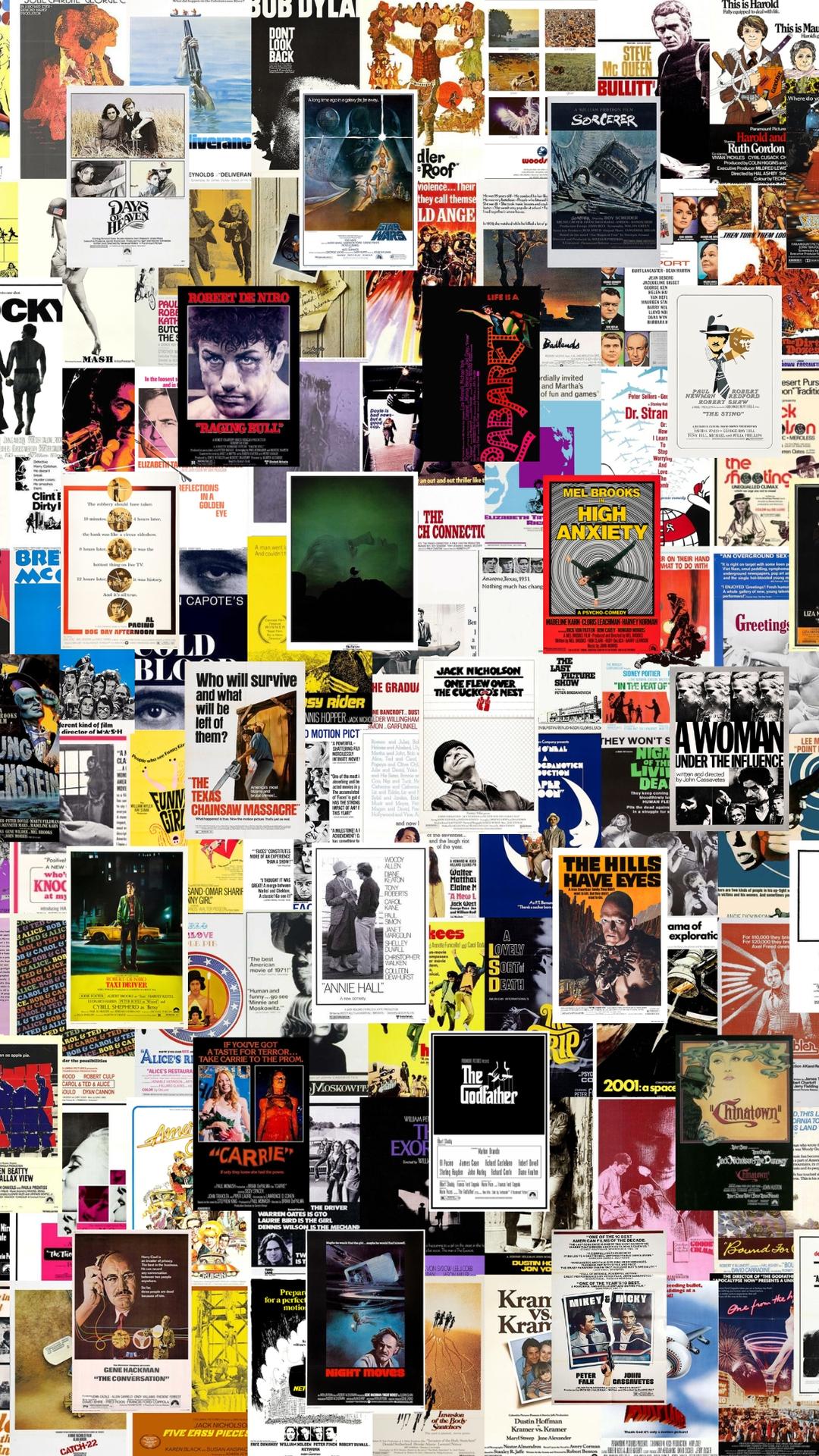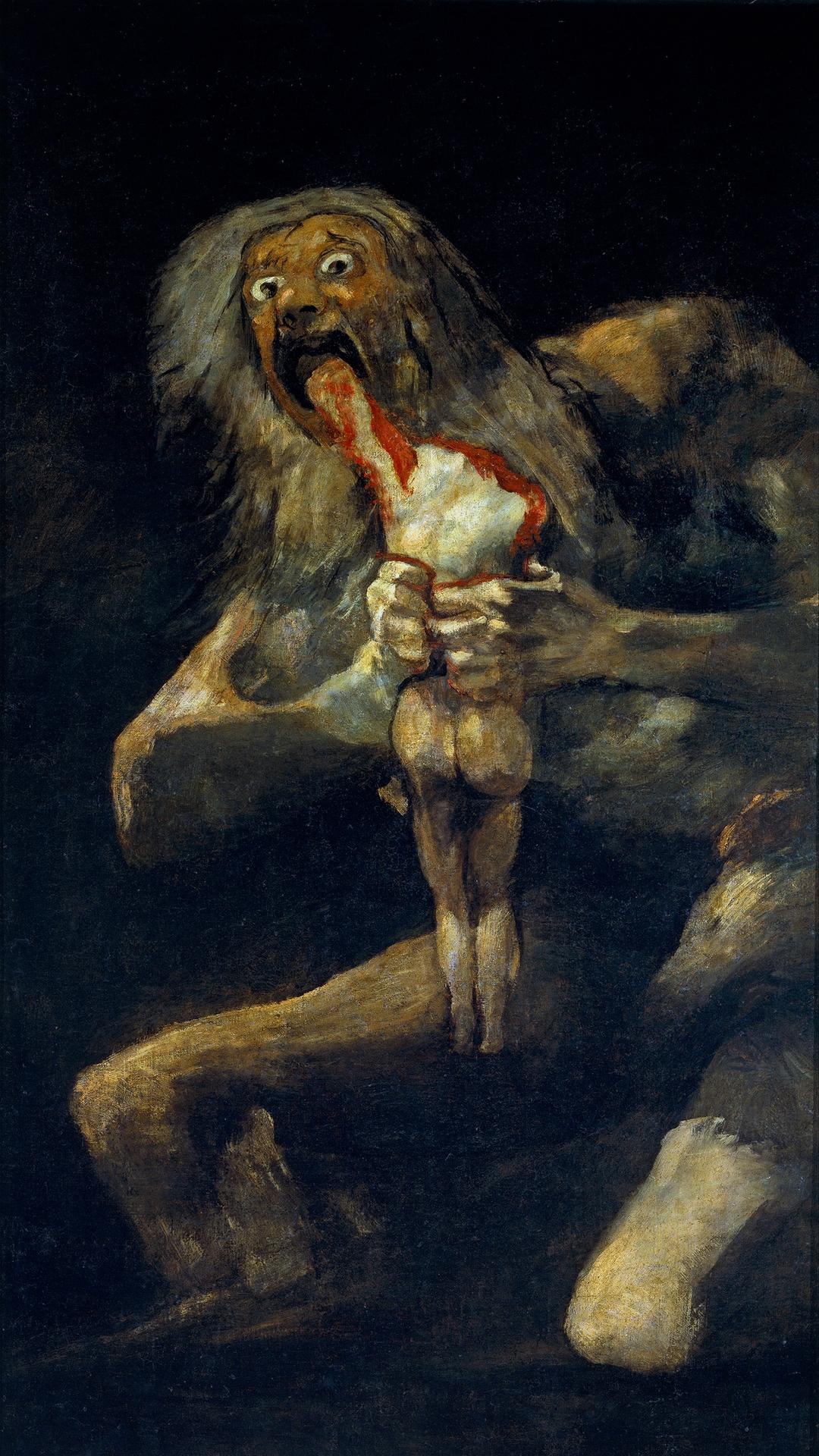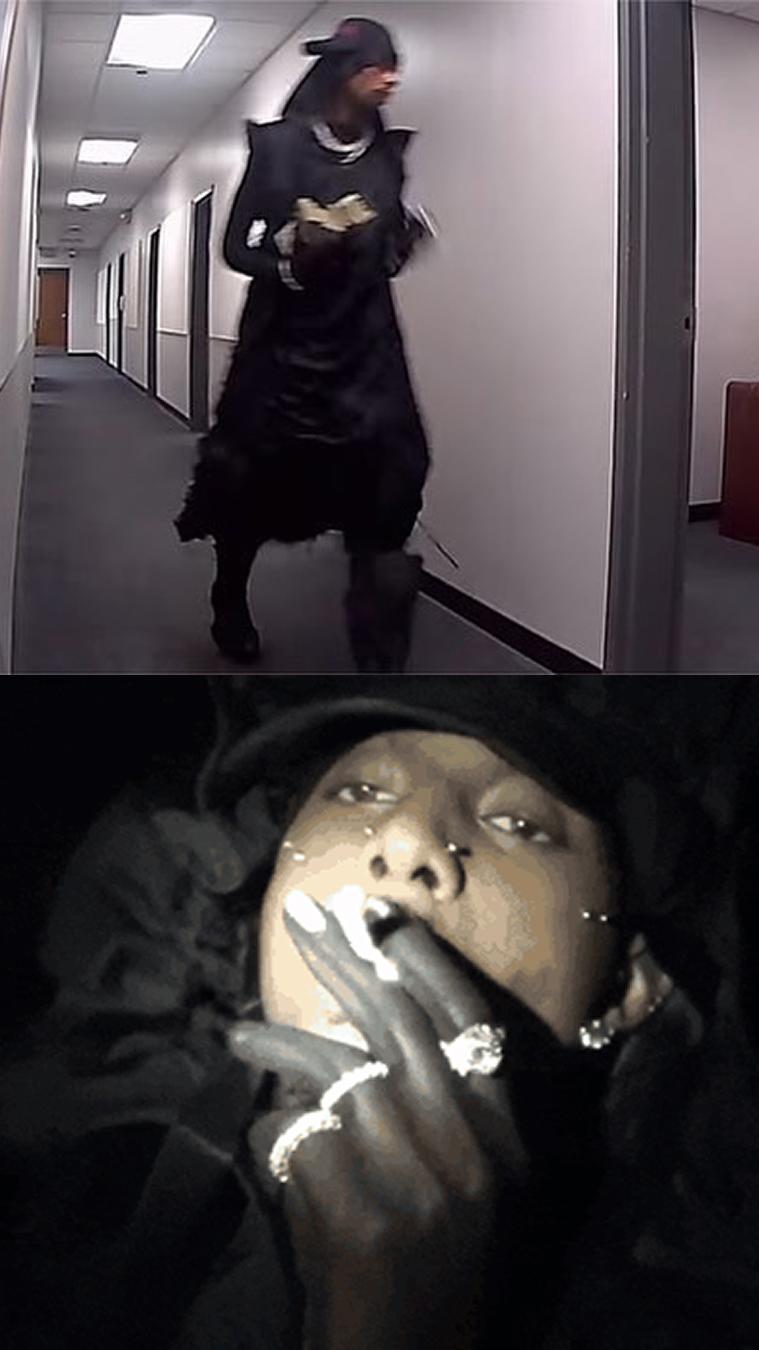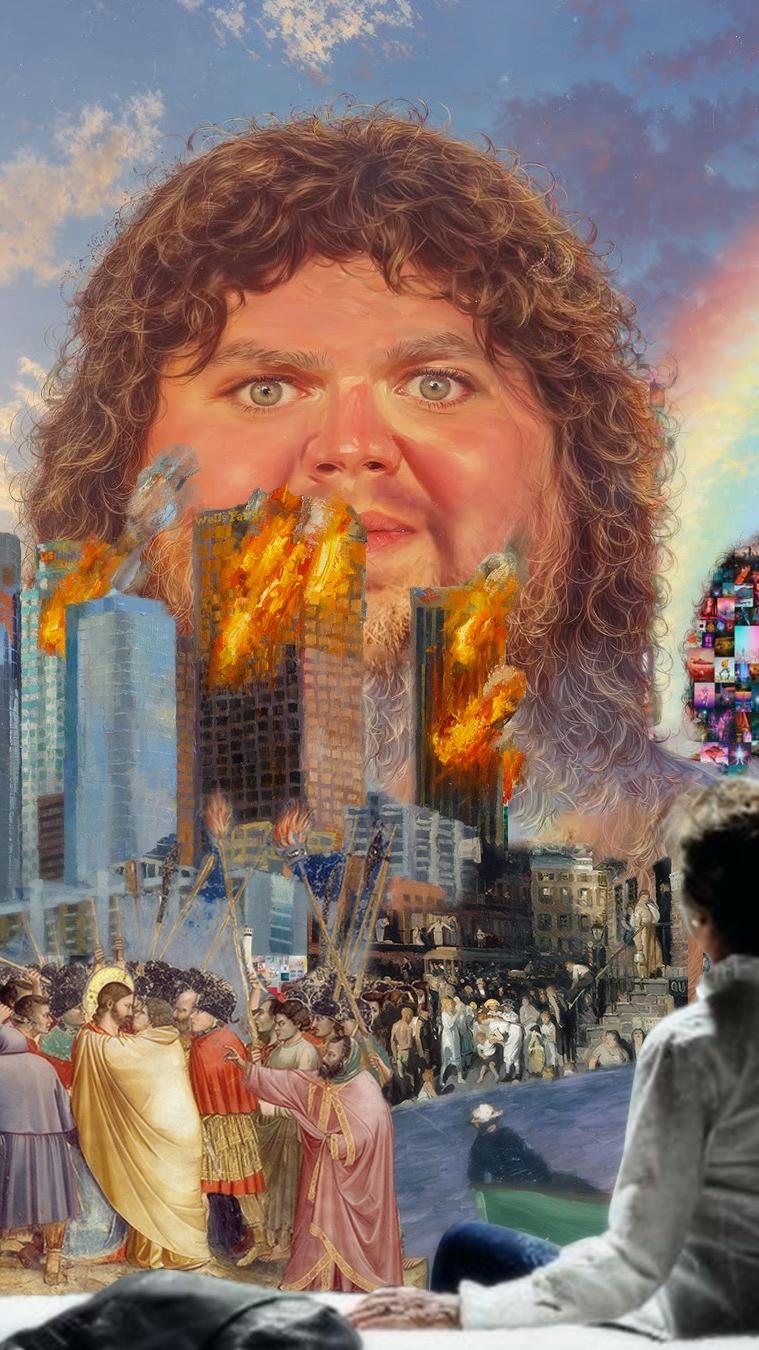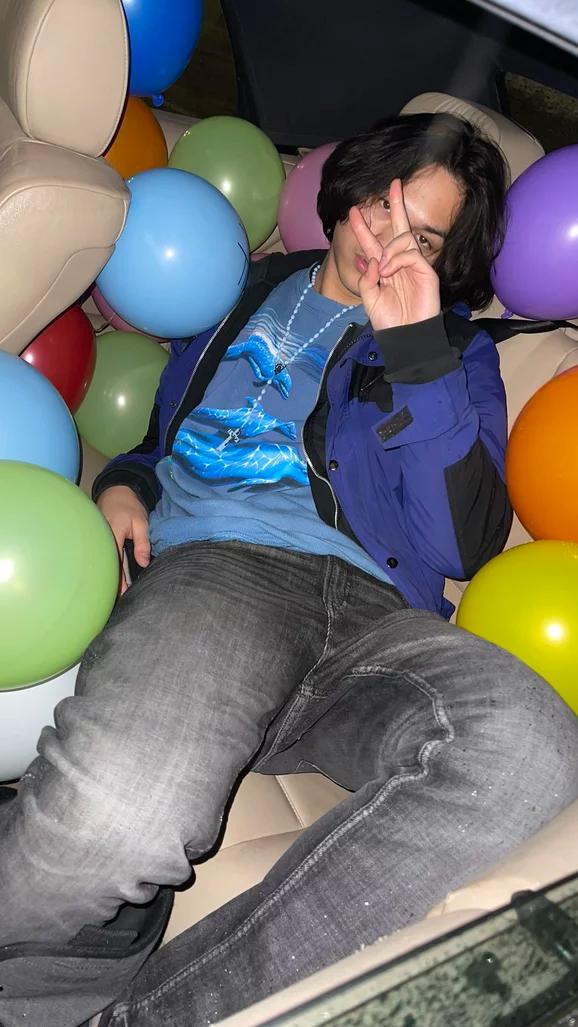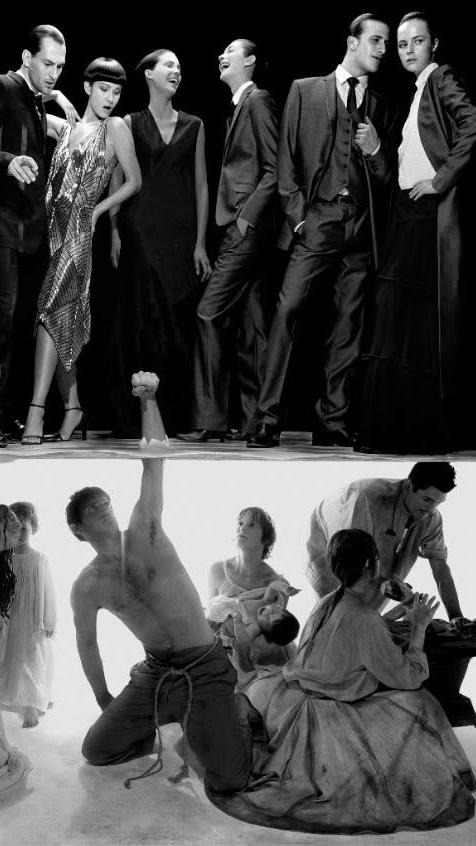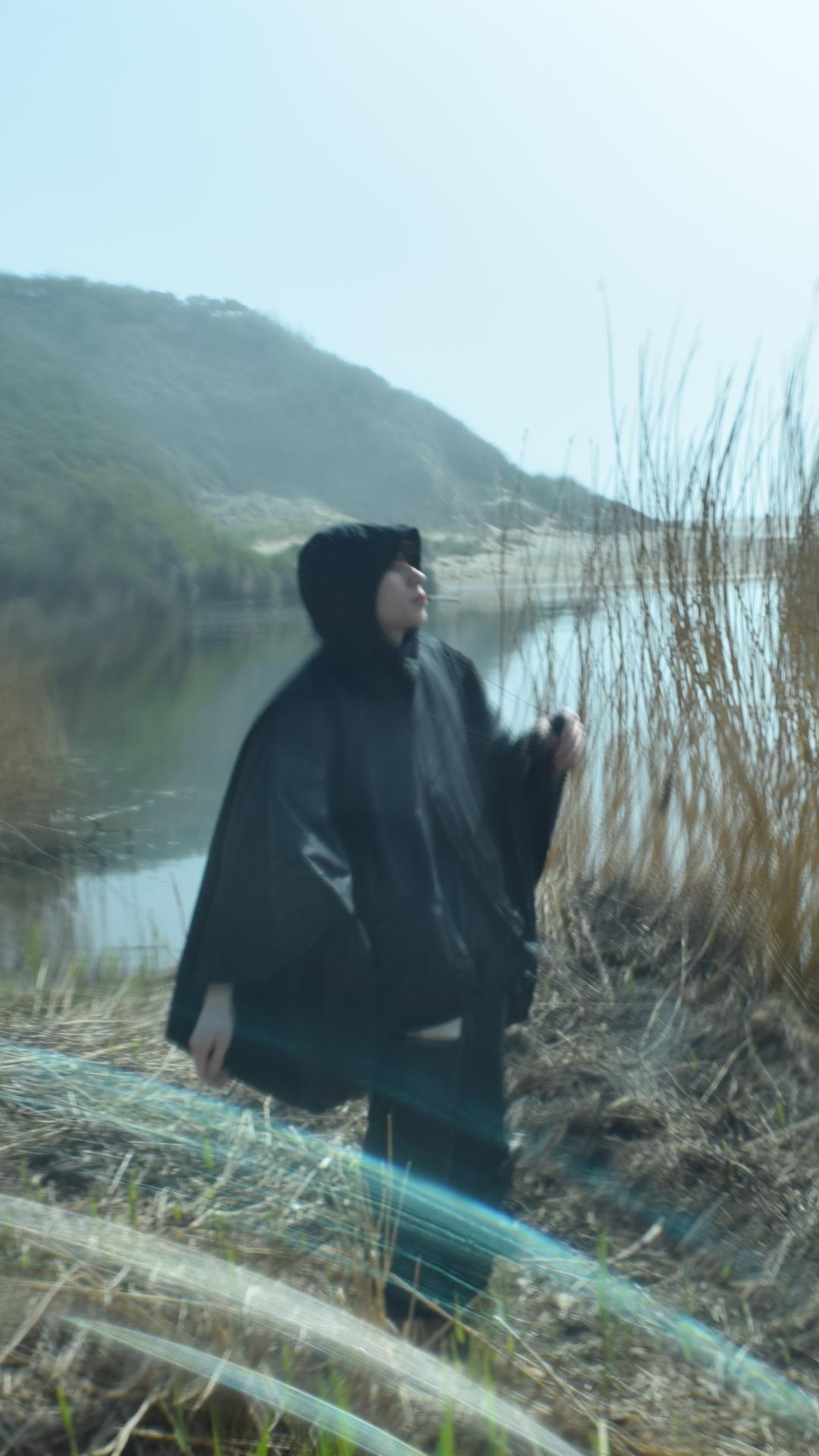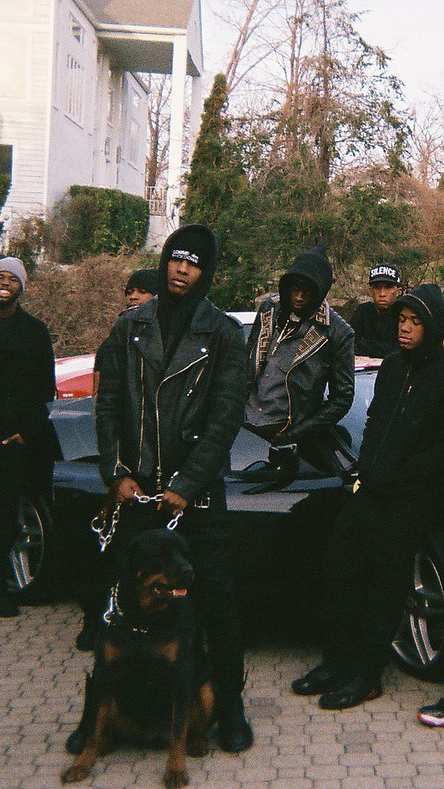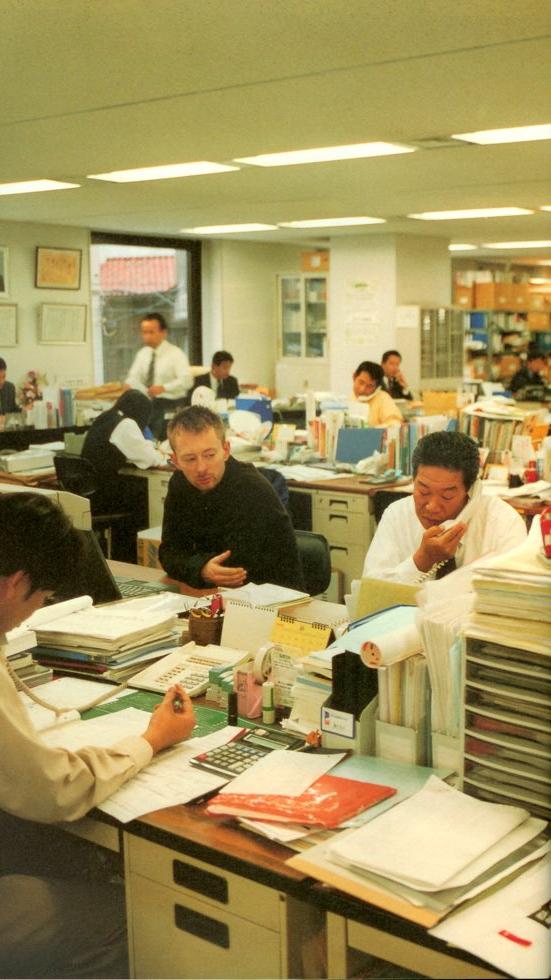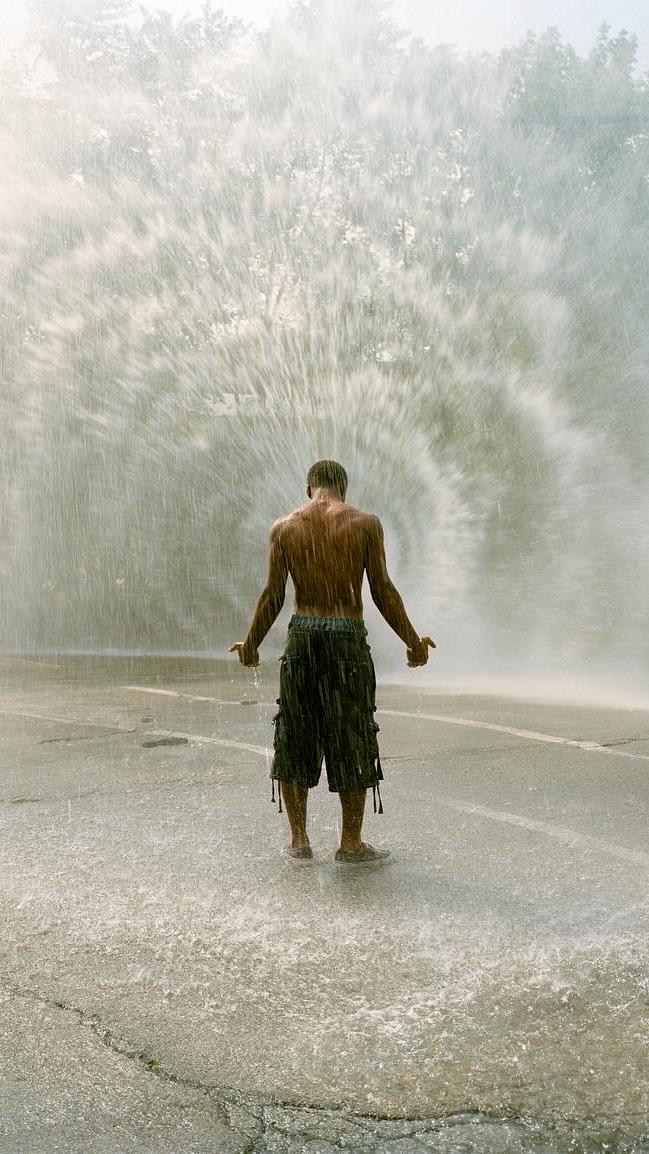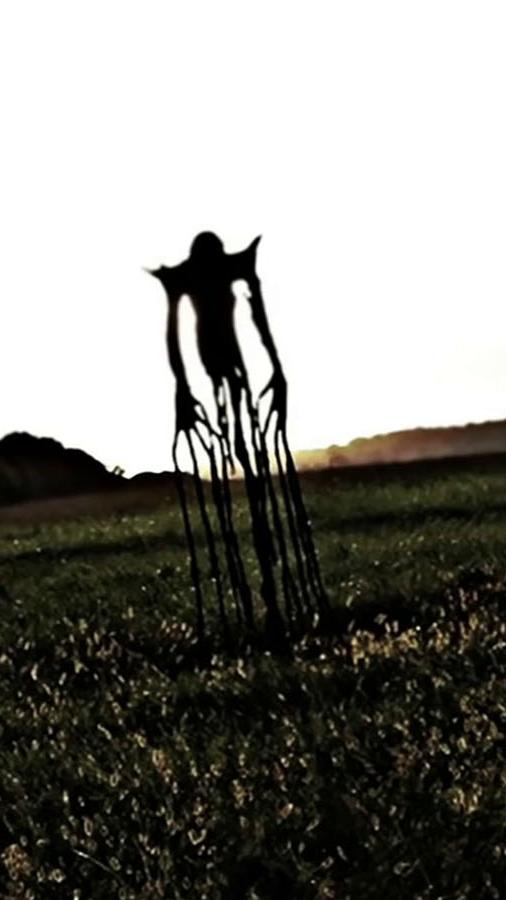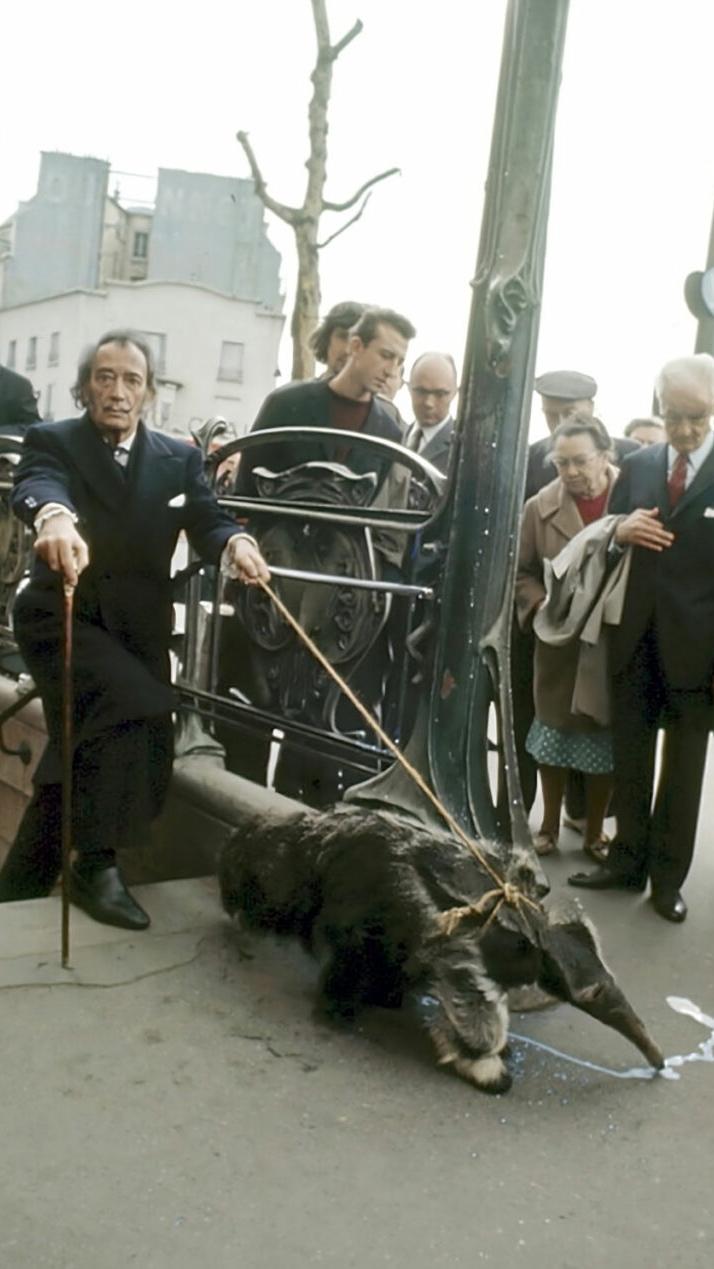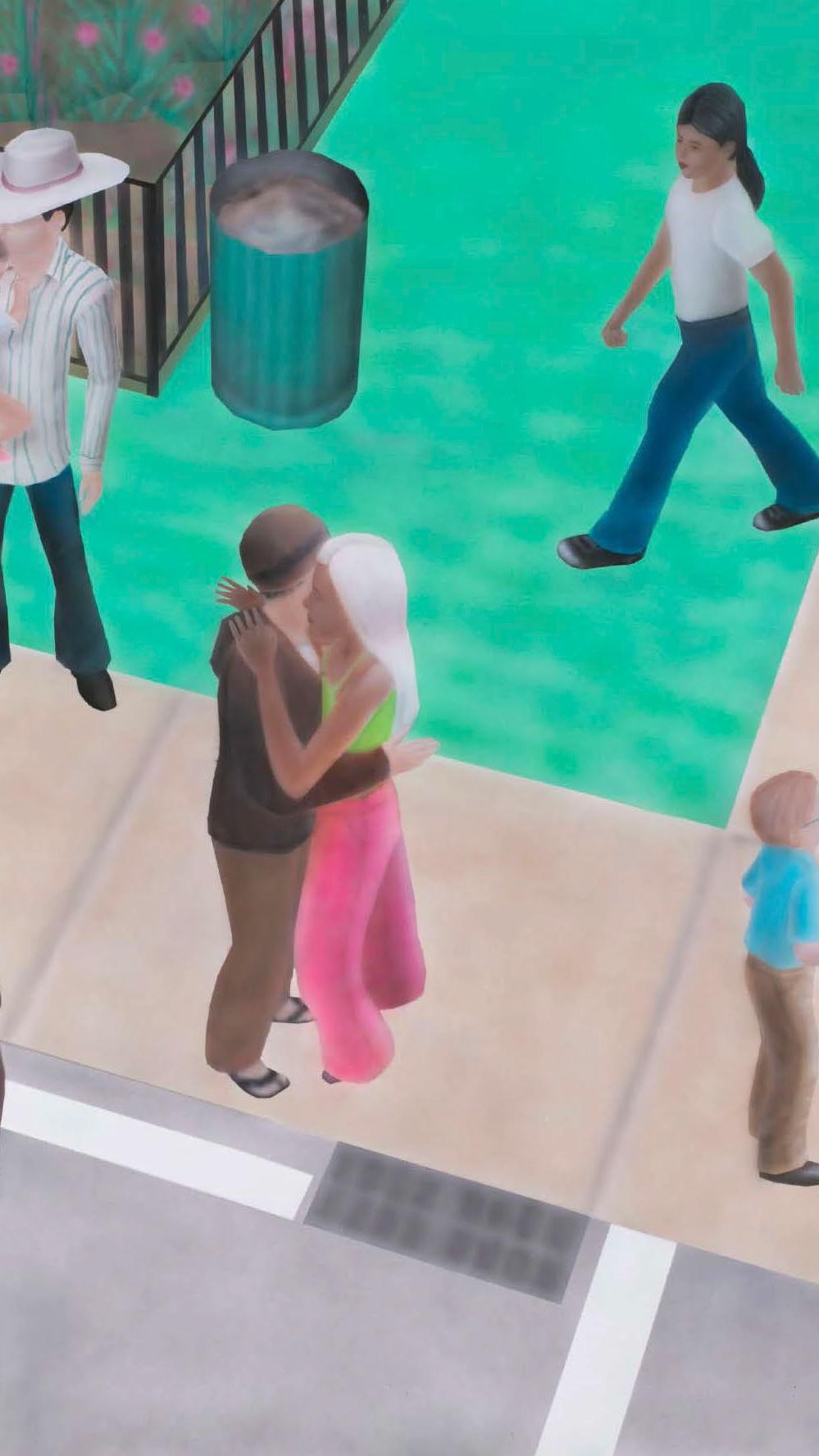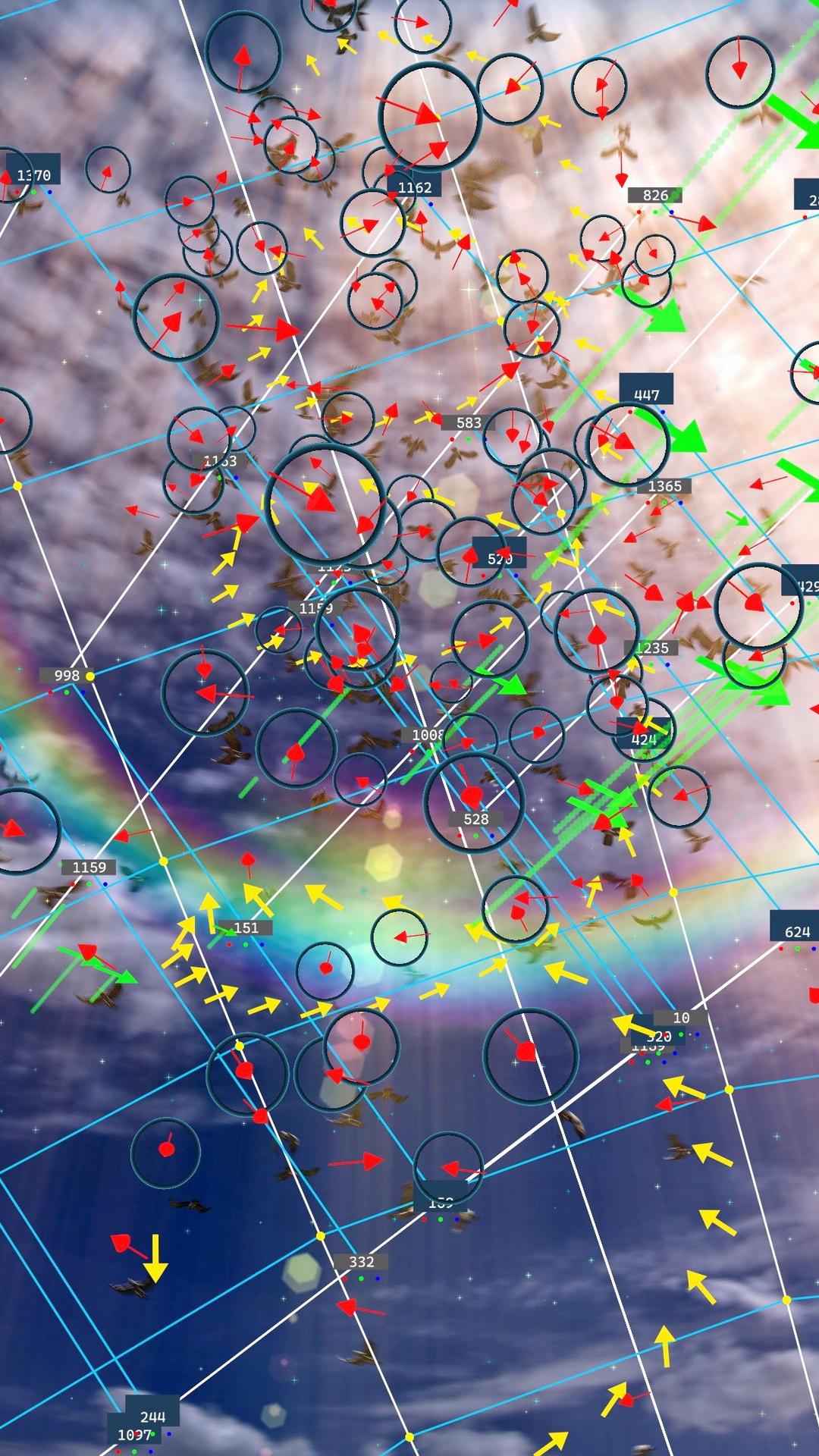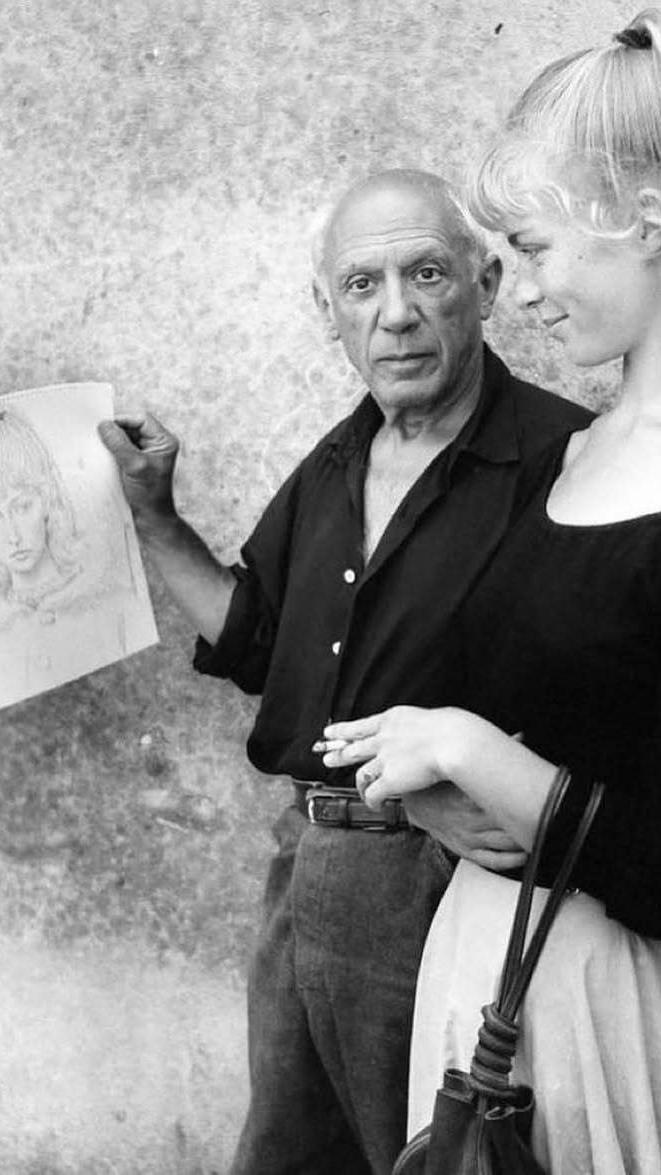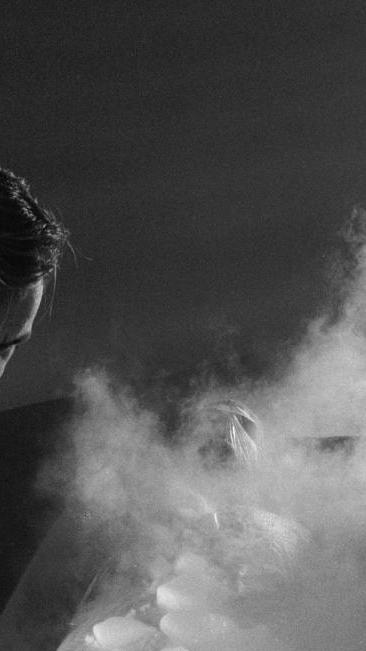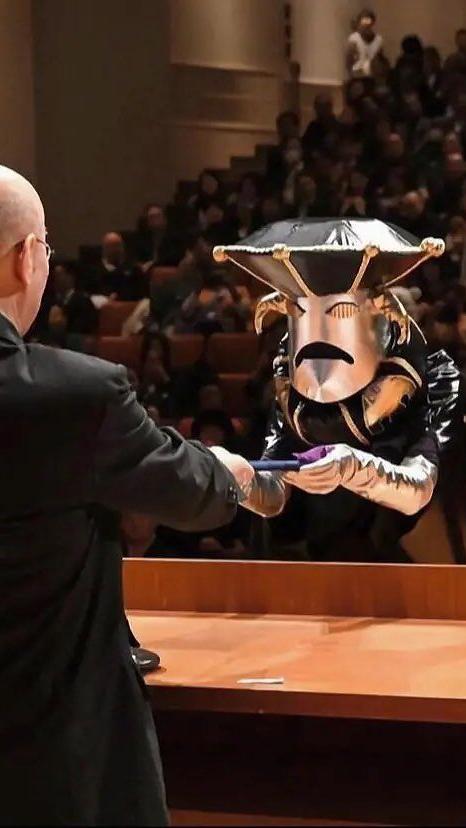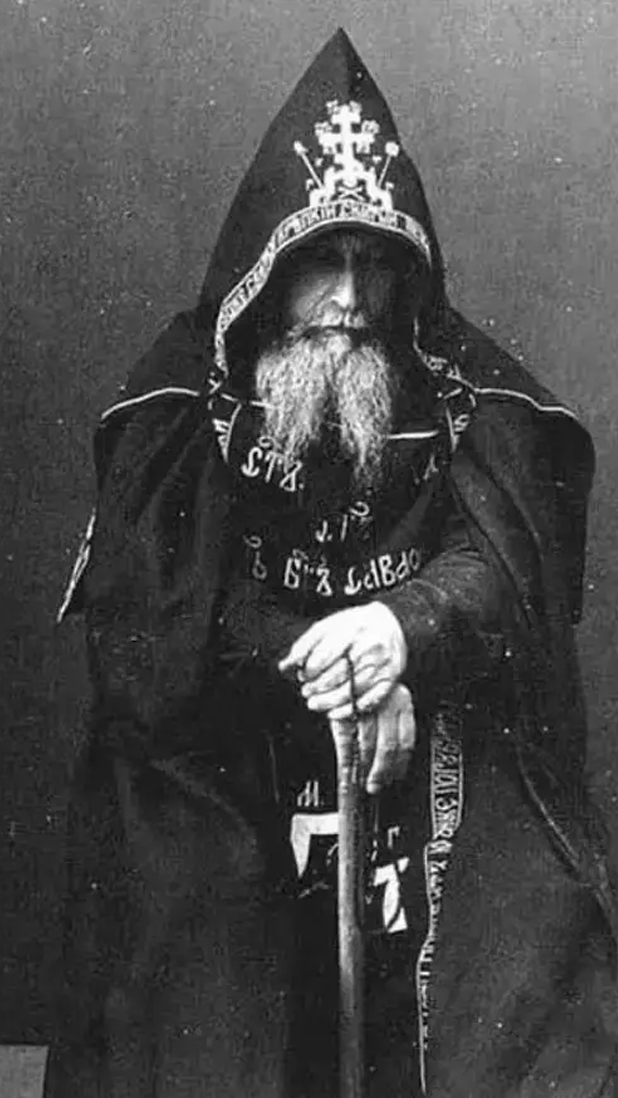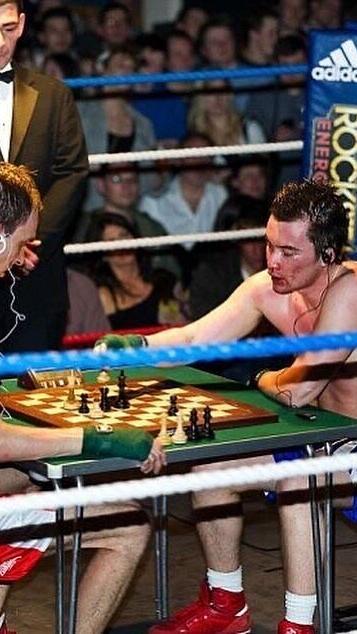Why Sequels Fail
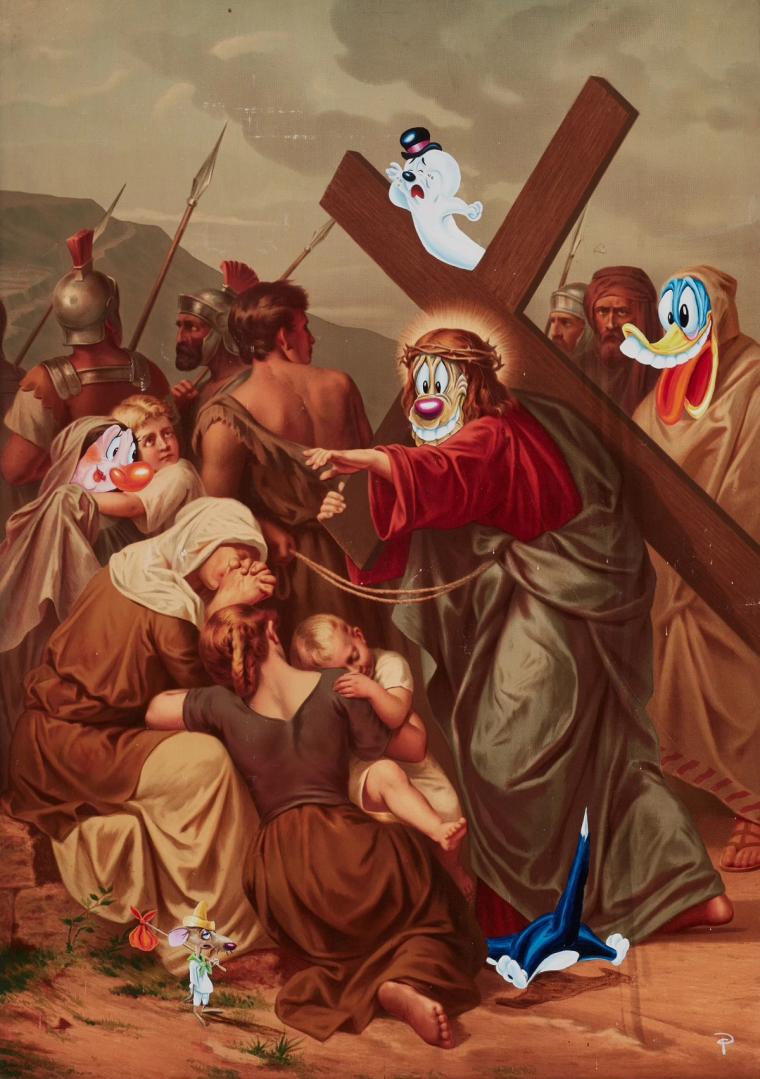
Stories are central to what makes us human. Some anthropologists believe we are uniquely conscious because we learned to tell stories. Story is encoded in our dreams, our memories, and our lives.
![[object Object]](https://cdn.sanity.io/images/7hyzopih/production/f32e75b9c8a9c2eed5a654b3b62a1ef7bfca7398-2232x1815.jpg?auto=format&fit=max&q=75&w=1116)
Idries Shah telling a story to his children, 1972. CC-BY-4.0
Our stories are older than we think. The structure of contemporary movies, books and shows can be traced back to myths or religion. The architecture of ancient stories is the blueprint for how we structure stories today.
![[object Object]](https://cdn.sanity.io/images/7hyzopih/production/cea5015f308b2404ba6712055510d2167353dfcf-1920x1080.jpg?auto=format&fit=max&q=75&w=960)
A portion of The Dead Sea Scrolls, a set of ancient Jewish manuscripts from c. 3rd century BCE – 1st century CE
But over time, this ancient relationship with story has been commodified. We've all seen stories stretched into endless franchises, TV shows that should have remained movies, or sequels that never needed to be made at all.
![[object Object]](https://cdn.sanity.io/images/7hyzopih/production/f10d219c938dcf59773e3634fb47715fcb449f11-1875x426.jpg?auto=format&fit=max&q=75&w=938)
Fan-made watching order for the Marvel Cinematic Universe as of Nov 2020. Posted via DeviantArt by Morsoth, CC-BY-3.0
To understand the curse of the sequel, we need to explore the structure of storytelling from myths, to religion, to pop-culture. By unpacking the architecture behind the stories we love, we can learn how this lineage evolves over time, and why sequels often fail by refusing to honor it.
The Ancient Structure of Story
Great stories don’t just entertain; they express a truth. Our ancestors used storytelling to survive, to pass down knowledge and warnings through myths. These stories distilled human experience into lessons, a primal truth that shapes the structure of our lives today. Telling stories is not just how we pass time, it’s how we make sense of it.
![[object Object]](https://cdn.sanity.io/images/7hyzopih/production/b5b0d0e9193c9f8a93b875fc10028f2c2d0d7009-976x549.jpg?auto=format&fit=max&q=75&w=488)
Lascaux cave paintings. Photo Credit: David Stanley/BBC,
Over time, common story structures have emerged.
![[object Object]](https://cdn.sanity.io/images/7hyzopih/production/e1874024cfb0593f6abe48d4742420e142a87e10-2964x1246.png?auto=format&fit=max&q=75&w=1482)
Simple story structure from Kenneth Rowe's "Write That Play," CC-BY-4.0
An ancient structure of story is the hero's journey, a framework for most if not all of your favourite stories. It starts with a call to adventure, then a threshold into the unknown, ultimately reaching an abyss where death and rebirth occur. This is where the hero is reborn, having sacrificed something to be transformed and to return home enlightened.
![[object Object]](https://cdn.sanity.io/images/7hyzopih/production/e2951ff535d39ea6c7e2822034c66395cb04b8e4-1200x1200.png?auto=format&fit=max&q=75&w=600)
A diagram of the Hero's Journey based loosely on Joseph Cambell’s The Hero with a Thousand Faces
But it isn’t the only structure. The tragedy shows the downward arc of a hero’s fatal flaw, leading to chaos and catastrophe. Rags to riches follows a protagonist who rises up to greatness through virtue or luck. The comedy starts in disorder and ends in reconciliation.
![[object Object]](https://cdn.sanity.io/images/7hyzopih/production/fad91799d456839f4cf4cf614b8ea2cb8b543c44-800x751.jpg?auto=format&fit=max&q=75&w=400)
Drawing of two theatre masks by Maurice Boutet De Montvel from "Les fables de La Fontaine"
Every structure serves a different purpose. The tragedy warns, the comedy reconciles, and the rags to riches offers hope.
![[object Object]](https://cdn.sanity.io/images/7hyzopih/production/7156067d59f695129b5c86e3f53fba423b28f2c1-610x780.jpg?auto=format&fit=max&q=75&w=305)
Newspaper advertisement for the American comedy film Rags to Riches (1922)
We can see these structures in many of our most famous stories, from Christ, to Gilgamesh, and even The SpongeBob SquarePants Movie. Jesus begins as a teacher, undergoes trials, dies and is resurrected offering salvation. He doesn’t just suffer, he transforms, and in doing so, transforms the world. Christ is a profound example of the power of mythic storytelling. It’s not just narrative, it’s ritual.
![[object Object]](https://cdn.sanity.io/images/7hyzopih/production/0d52e33b76c78c5a44c02457c422eff897cd07ba-7222x5162.jpg?auto=format&fit=max&q=75&w=3611)
Andrea Mantegna's "Crucifixion" (c. 1457-1460). CC-BY-1.0
Stories like Christ’s spread ancient messages through culture and time. This timeless aspect to story is what makes it so important, allowing future humans to learn from the lessons of past humans.
![[object Object]](https://cdn.sanity.io/images/7hyzopih/production/8ab9153d5428cc42712776cc30d6d9f1f5cba605-1600x1221.webp?auto=format&fit=max&q=75&w=800)
Byzantine frescoes in Asinou Church, Nikitari, Cyprus (c. 1106). Credit: © unbekannter
But when this ritual of narrative is diluted with meaningless repetition, the message is lost. Stories resonate when they connect with us and carry on the lineage. Many stories today are so far removed from the source that they’re barely recognisable.
![[object Object]](https://cdn.sanity.io/images/7hyzopih/production/74f5d0ec6ec49d8741c9fa42c866dd386e25a99f-960x540.jpg?auto=format&fit=max&q=75&w=480)
An edit of DaVinci's The Last Supper featuring Disney princesses by Gregory Masouras
The Curse of The Sequel
To understand why sequels fail, we should first look at ones that succeed. Two mainstream examples are The Dark Knight and Spider-Man 2. In both cases, the first film introduces the hero’s world, values and stakes. The sequel builds on that foundation.
![[object Object]](https://cdn.sanity.io/images/7hyzopih/production/7249caf527f76b888f8583172cecb0091cabaa28-800x500.jpg?auto=format&fit=max&q=75&w=400)
Christian Bale and director Christopher Nolan behind the scenes of The Dark Knight Rises (2012)
These films succeed because they don’t repeat the hero’s journey, they evolve it. In The Dark Knight, Bruce Wayne faces the moral consequences of being Batman, sacrificing his reputation for the greater good. In Spider-Man 2, Peter Parker wrestles with the personal cost of heroism, giving up his powers for a normal life. They aren’t just louder and flashier, they deepen the hero’s conflict.
![[object Object]](https://cdn.sanity.io/images/7hyzopih/production/be7a14cafa3a23055bafdd832b60831d02d68739-1000x667.webp?auto=format&fit=max&q=75&w=500)
A still from Spider-Man 2 (2004). Credit: Columbia Pictures / Courtesy Everett Collection
What about sequels that fail?
When a movie succeeds, we often credit the director. But movies are shaped by producers, studios and executives, mostly incentivised by money, not meaning. When a sequel is greenlit, it's because it looks profitable. This incentivises repetition, not evolution. Failed sequels hit the same beats again and again. The character faces the same stakes, learns the same lesson, and nothing changes. When repetition replaces growth, the story becomes empty.
![[object Object]](https://cdn.sanity.io/images/7hyzopih/production/3f33753aec228c414115cf68d5dcb078e6861c69-780x520.webp?auto=format&fit=max&q=75&w=390)
Cover from UCR article "42 Times When Good Movie Franchises Turned Bad" by Corey Irwin
Take The Matrix. The first movie is a sharp critique of modernity with deep spiritual elements. Neo is "The One", a hero who dies, is resurrected and returns transformed. The directors, consciously or not, used ancient story structure to build a world that feels timeless.
![[object Object]](https://cdn.sanity.io/images/7hyzopih/production/fbbe1d0cb7bffda3b04719479387f4495c6ef50b-1024x546.jpg?auto=format&fit=max&q=75&w=512)
Keanu Reeves as Neo in The Matrix (1999). Credit: Warner Bros.
The sequels however, are more concerned with expanding the universe than telling a story. Neo becomes less of a messiah and more of a token. By prioritising lore over transformation, they lose the spiritual core that made the original resonate.
![[object Object]](https://cdn.sanity.io/images/7hyzopih/production/8e389957d26857756c6812db7c5a8fab149d744b-936x527.webp?auto=format&fit=max&q=75&w=468)
A still from The Matrix: Reloaded (2003). Credit: Warner Bros.
Star Wars shows both success and failure. The original trilogy evolves Luke Skywalker from farm boy to enlightened hero. When confronted with killing his father, he chooses compassion over vengeance, completing a three-film arc of growth and return.
![[object Object]](https://cdn.sanity.io/images/7hyzopih/production/c94bc10539b2a8aaac2214971b86a25fd4071a97-1200x801.webp?auto=format&fit=max&q=75&w=600)
Luke Skywalker and Darth Vader battle for the first time. Credit: Lucasfilm
The prequel trilogy may touch on similar elements, but it attempts to imitate the structure without honouring the meaning. They emphasise lore and aesthetics over emotional depth. They repeat the form but forget the function.
![[object Object]](https://cdn.sanity.io/images/7hyzopih/production/7fd3cd3a6f94a5bb179e5b25734a20c794d8dd28-3268x2176.jpg?auto=format&fit=max&q=75&w=1634)
Mark Hamil and Harrison Ford behind the scenes of A New Hope
Disconnected from storytelling’s lineage, creators often misunderstand their own success. Today's sequels and reboots often confuse nostalgia for meaning. They think the audience loved the vibe, the characters, the visuals. But what really made the originals resonate was something deeper: our ancient connection to myth and its structure.
![[object Object]](https://cdn.sanity.io/images/7hyzopih/production/0c7025418ac791ac32bd233a2811a8f458b0fb0b-5187x3439.jpg?auto=format&fit=max&q=75&w=2594)
Salvatore Postiglione's Scene of the Narration of the Decameron, 1906
Story has been sliced up, repeated and reduced to a formula. The curse of the sequel is to forget its origin is not in the preceding movie, but in the words of ancient apes who told stories to survive. Commercial interests incentivise this. But if recent box office numbers are any indication, we want stories that do more than just repeat.
Written by Michael Paul Francis (@emty_h3v)
Image Curation by Carly Mills (@carly_monoxide)

